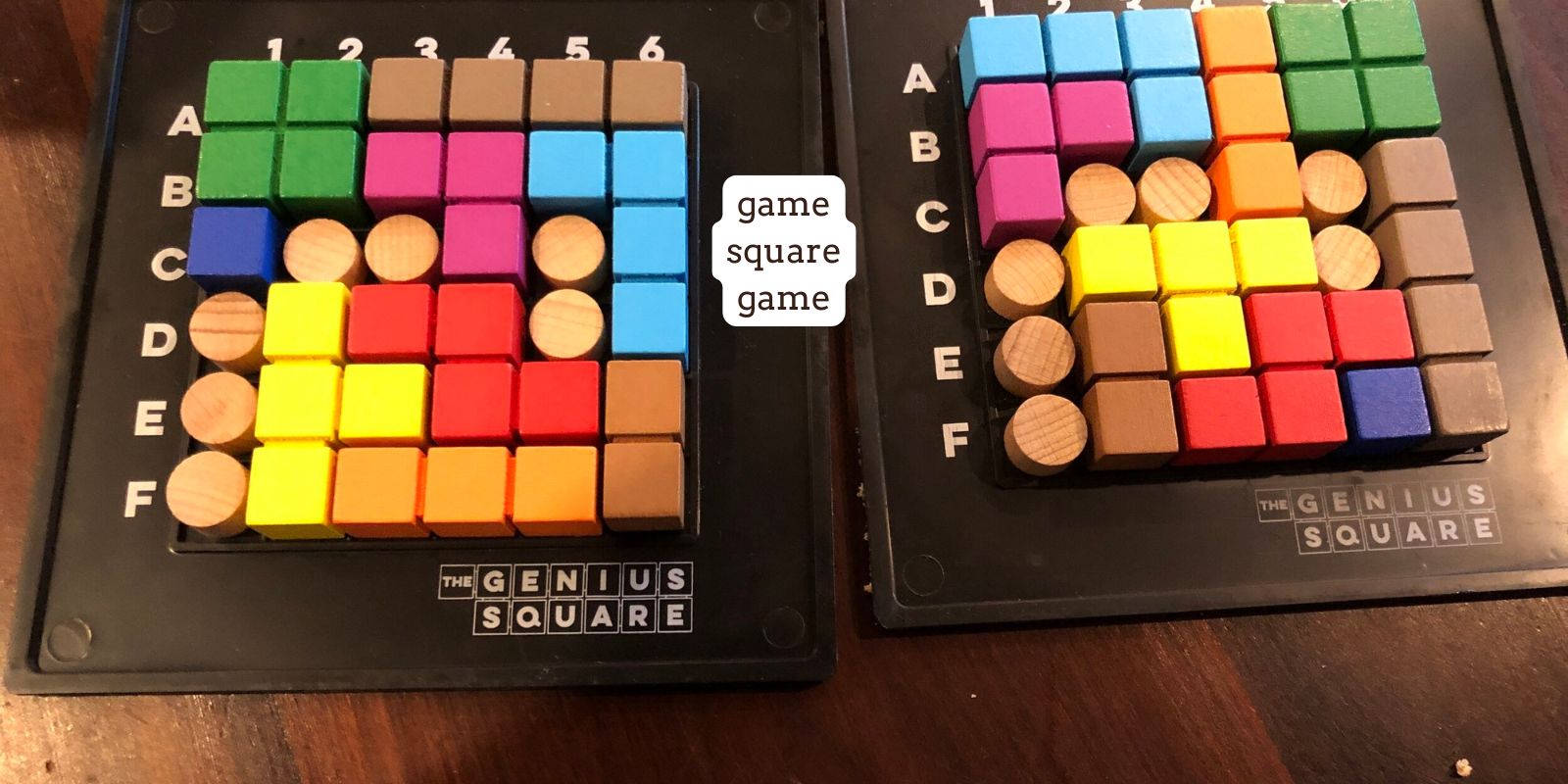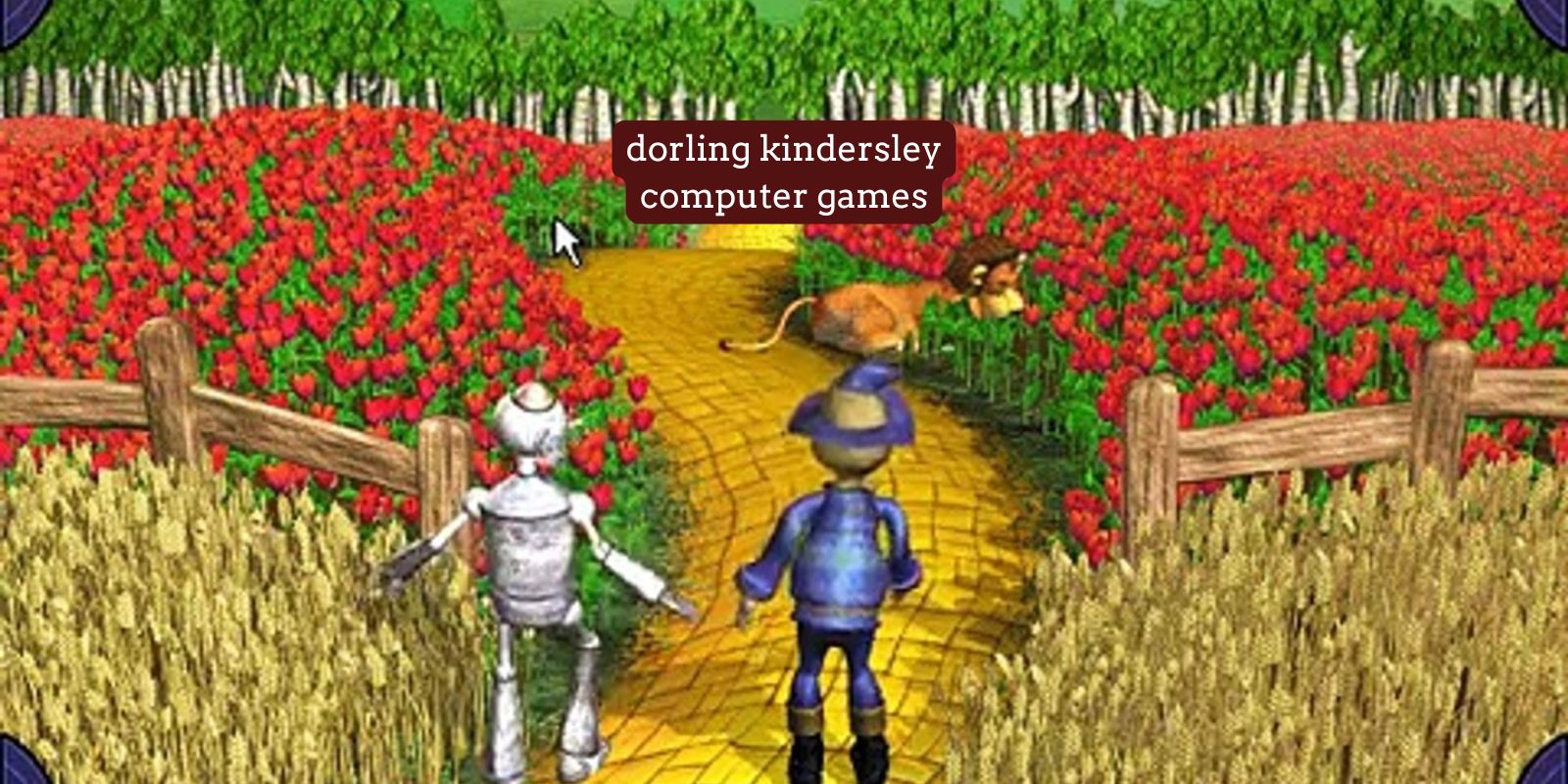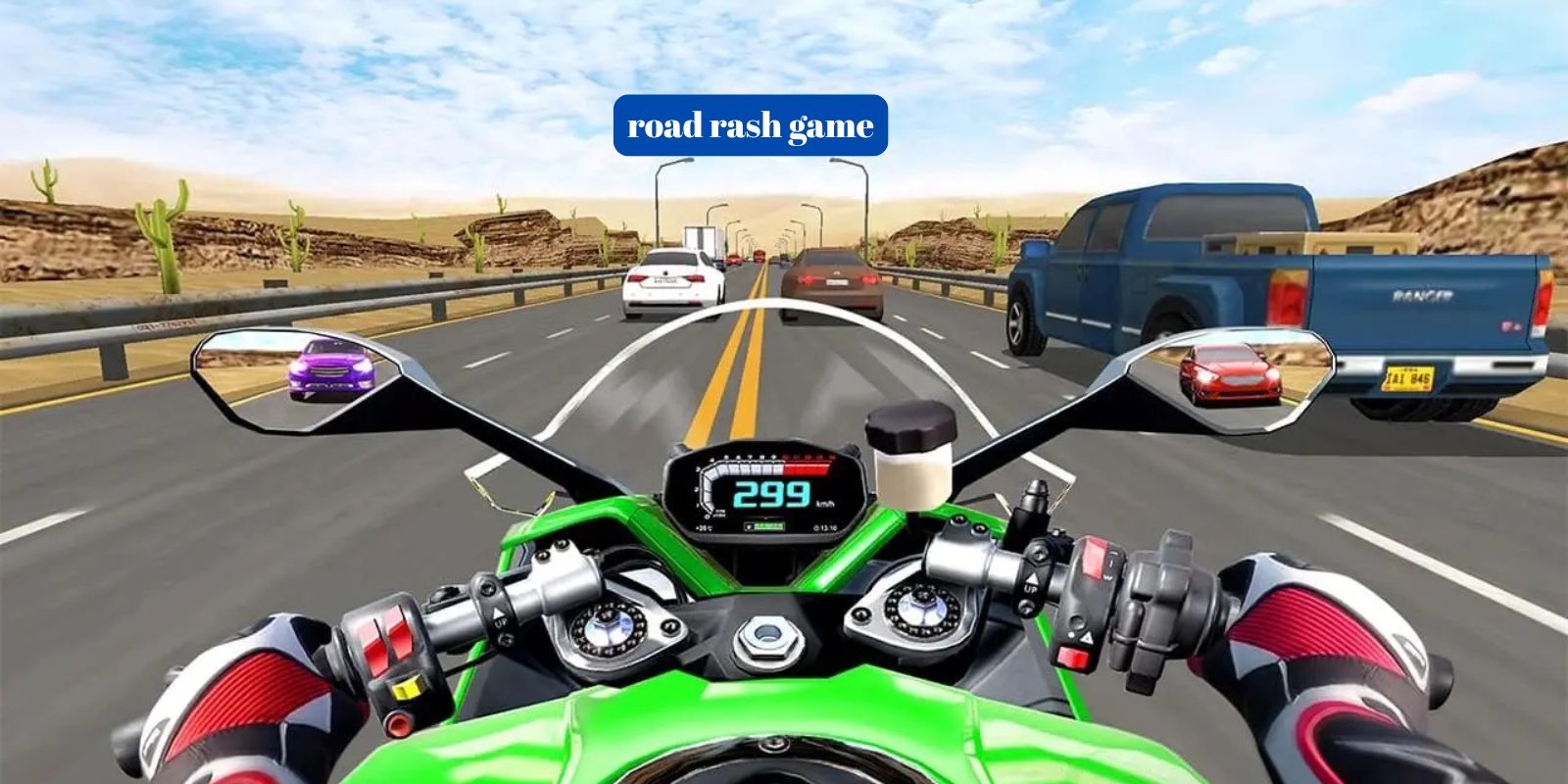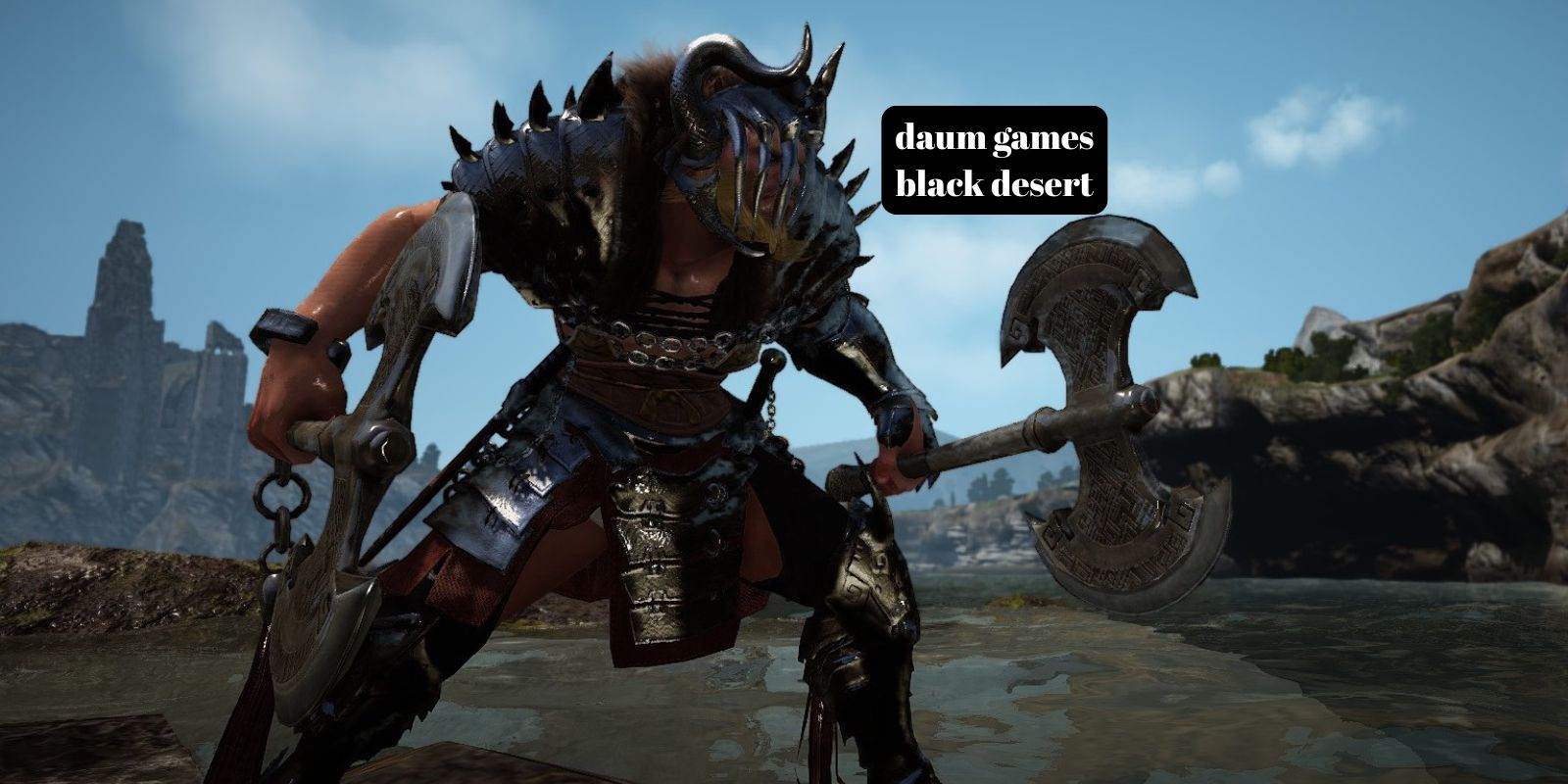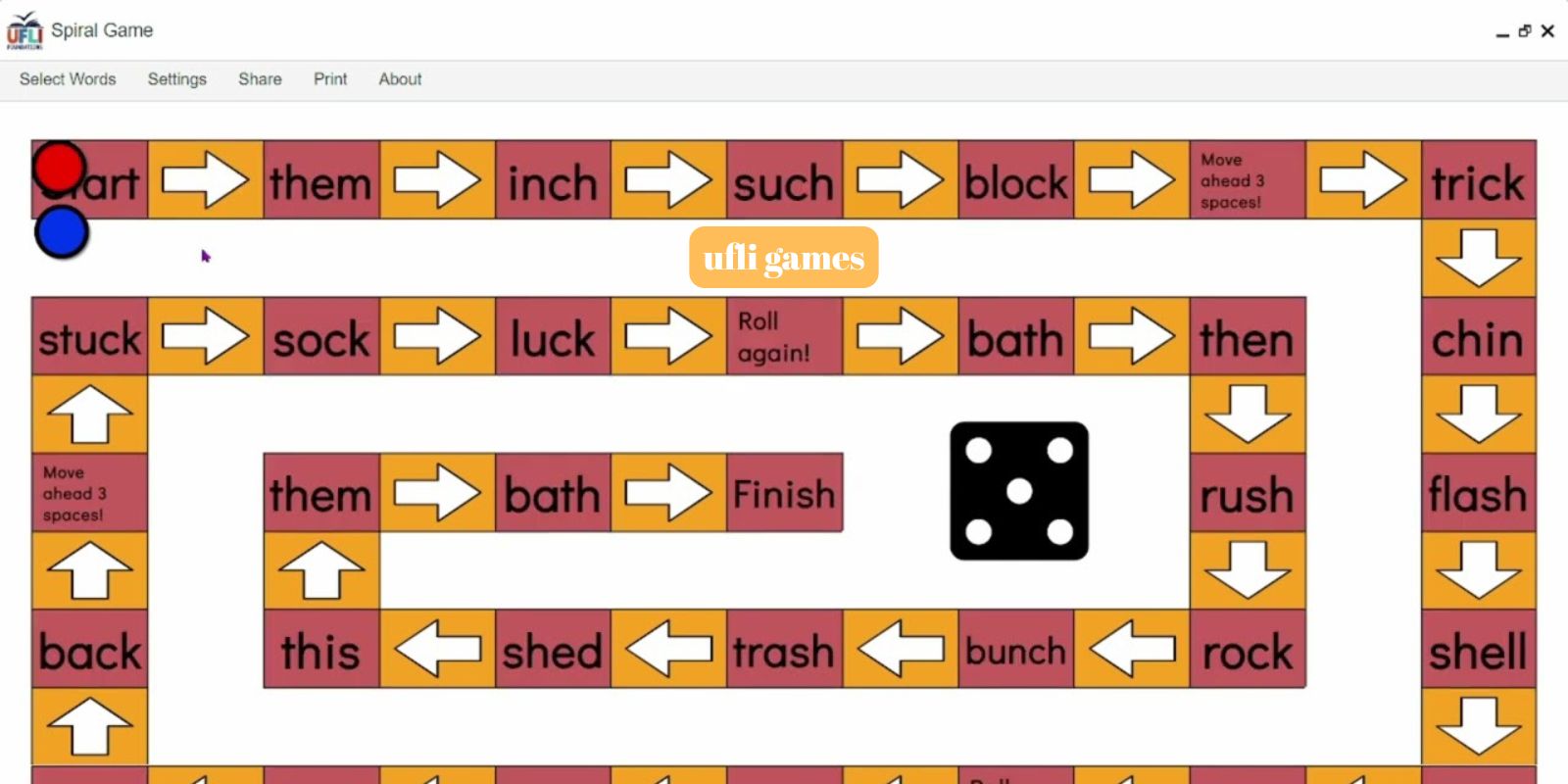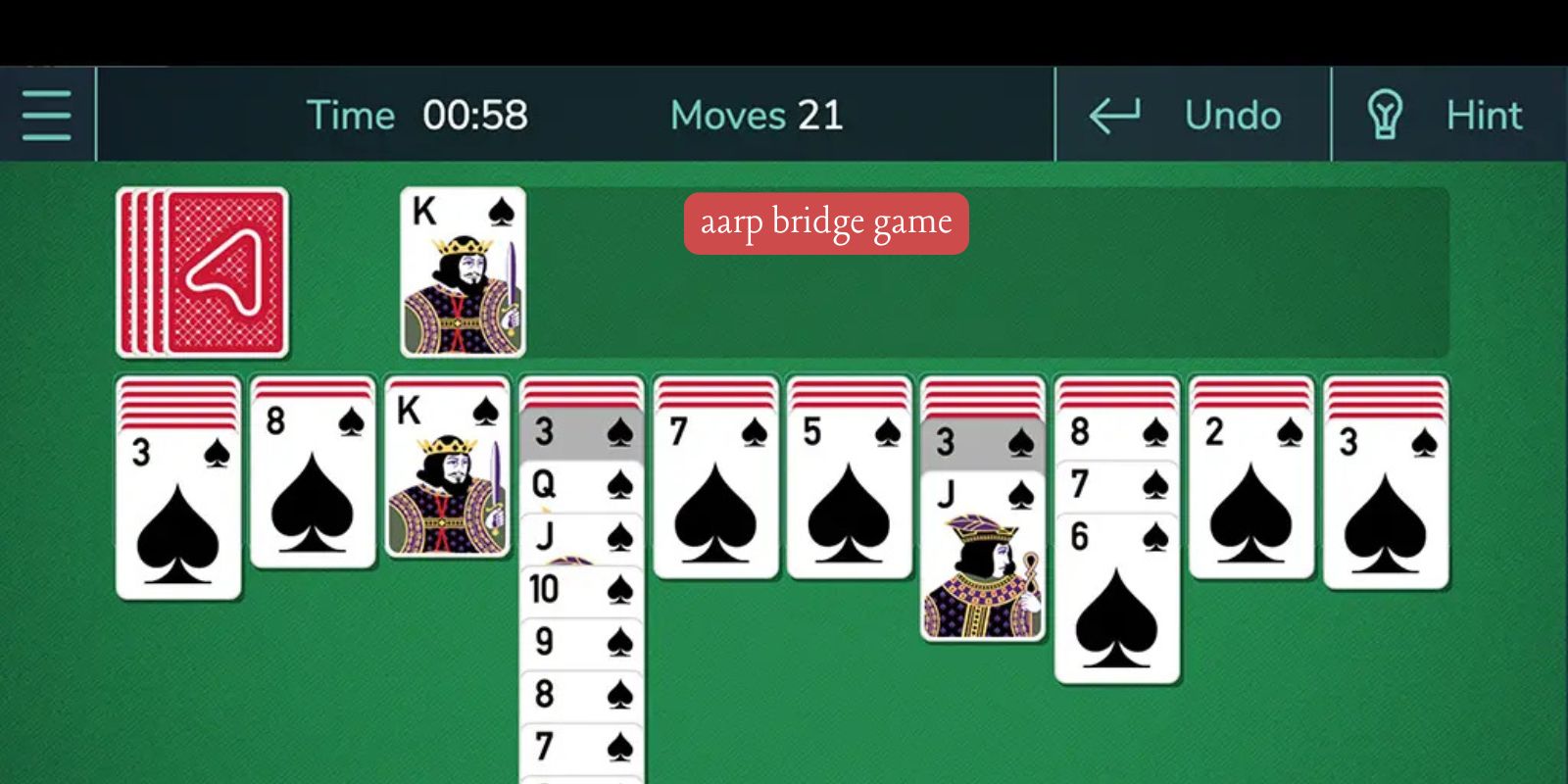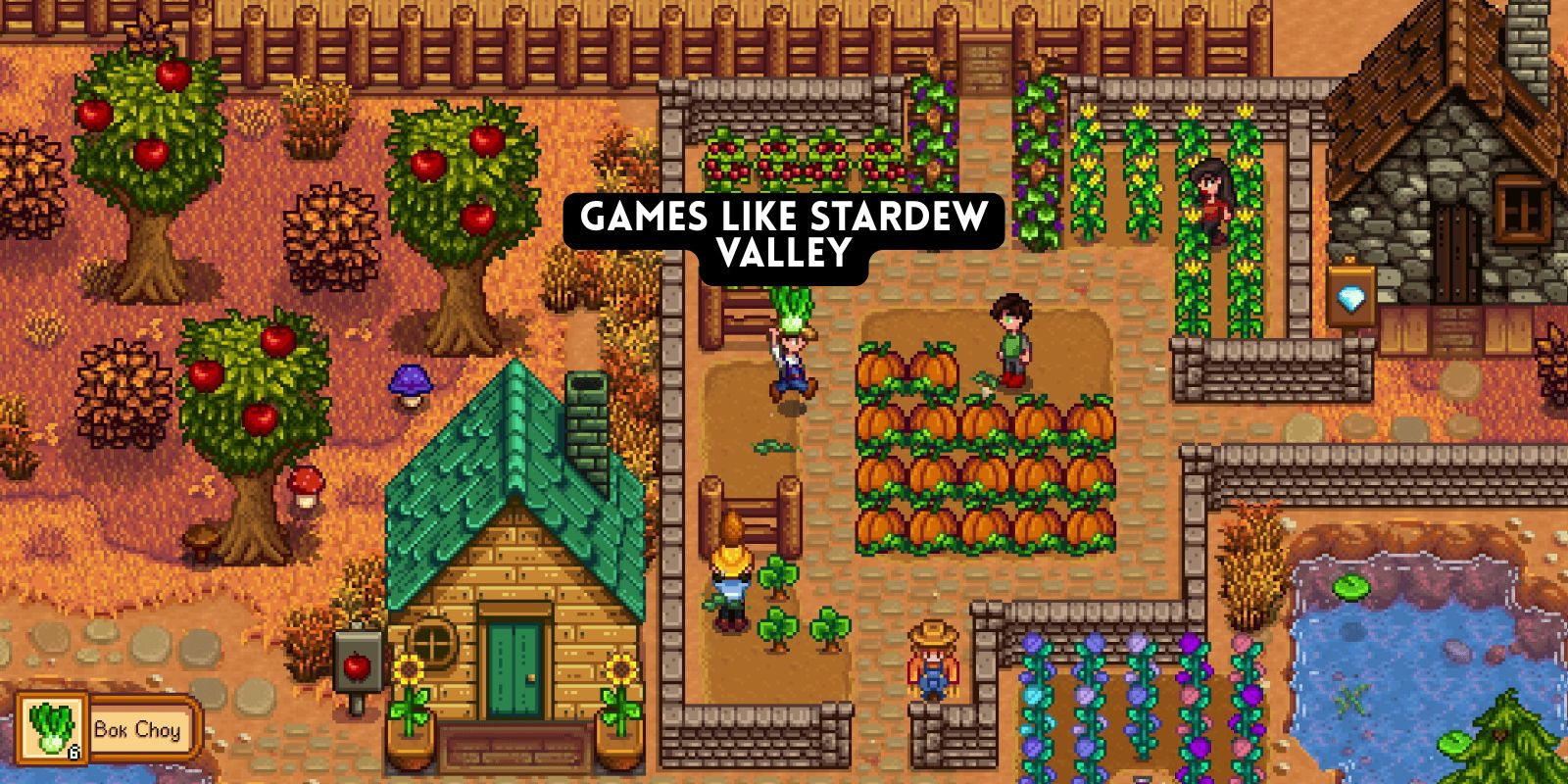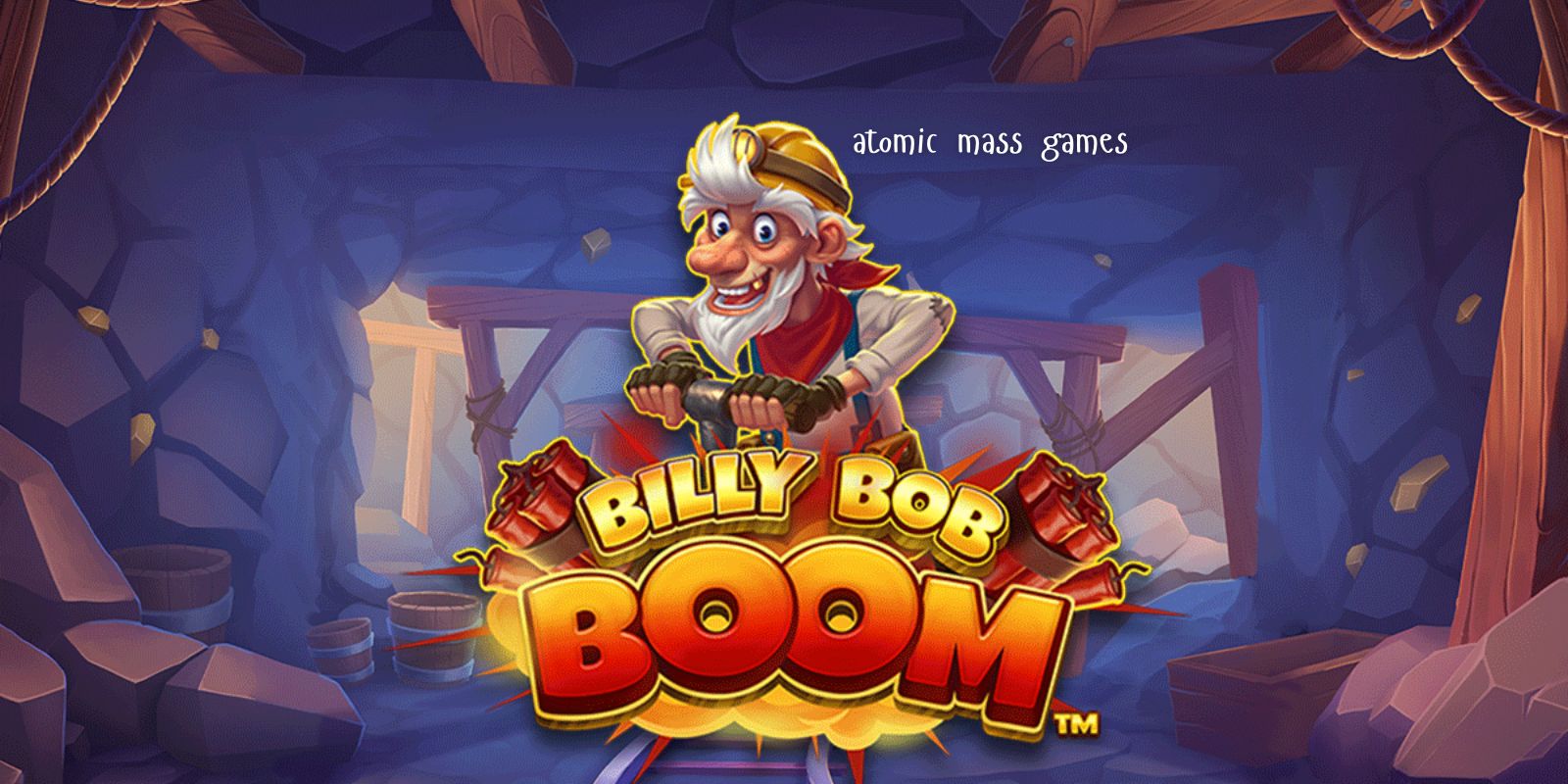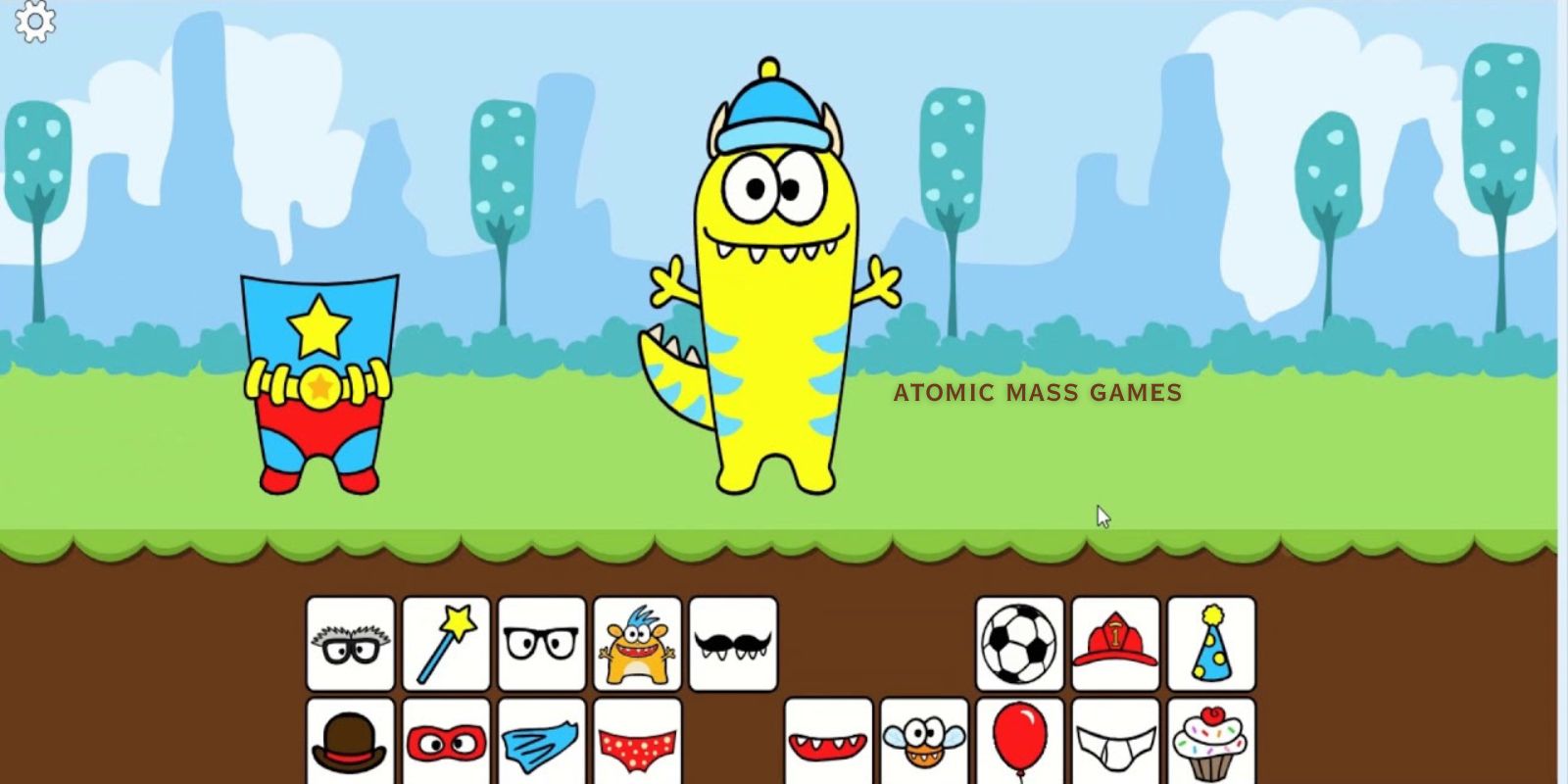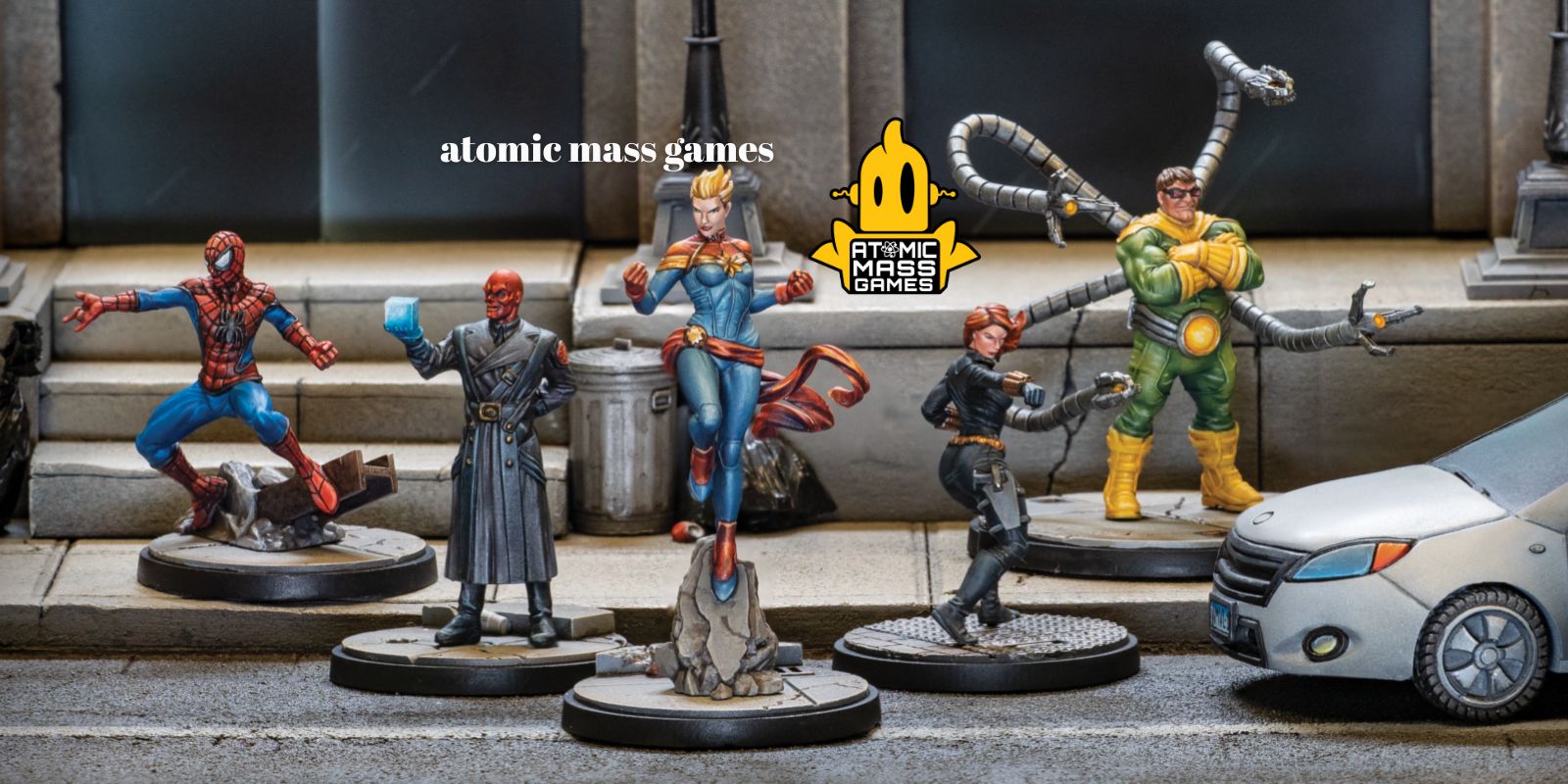Forget complex equipment and expensive gear. One of the most enduring, accessible, and fiercely competitive playground phenomena requires little more than a ball, some chalk or tape, and a patch of asphalt.
Welcome to the world of Game Square Game. This deceptively simple activity, primarily manifesting as the 4 Square Game or its larger cousin, the 9 Square Game, has captivated generations, transforming schoolyards and parks into arenas of quick reflexes, strategic bounces, and social hierarchy.
It’s a kinetic chess match played at high speed with a rubber ball, where territory is king and elimination is just a missed shot away. Understanding the Game Square Game is a cornerstone of informal athletic culture.
What Exactly is the Game Square Game?
At its core, the Game Square Game is a sequential elimination ball game played within a grid of numbered squares. Players occupy squares, hitting a ball into another player’s square following specific rules.
Failure to return the ball legally results in elimination. The most iconic and widespread version is the 4 Square Game, consisting of four squares arranged in a 2×2 grid, typically numbered 1 through 4, with square 1 holding the highest rank (often “King” or “Queen”).
The 9 Square Game expands the grid to 3×3, accommodating more players and adding complexity with more potential target squares. The core appeal of the Game Square Game lies in its perfect blend of simplicity, physicality, social interaction, and the constant pressure of competition.
How to Play the 4 Square Game: Rules of the Asphalt Kingdom
Mastering the Game Square Game, particularly the 4 Square Game, is straightforward but allows for deep strategic nuance and local variations. Here’s the essential framework:
- The Court: Create a large square divided into four equal smaller squares (A, B, C, D, or numbered 1,2,3,4). Square 1 (or A) is the server’s square and the highest rank.
- The Ball: A standard rubber playground ball (around 8-10 inches in diameter) is ideal. It must bounce once, and only once, within a player’s square.
- Serving: The player in square 1 starts the rally by serving the ball. They must bounce the ball once in their square and then hit it underhand into any other square.
- Rallying: The receiving player must hit the ball after one bounce in their square into any other player’s square. Players can use any part of their hands (open or closed) to hit the ball. Spiking (hitting the ball forcefully downward) is often allowed and is a key offensive tactic.
- Elimination: A player is eliminated (“out”) if they:
- Fail to hit the ball into another square.
- Hit the ball out of bounds.
- Hit the ball before it bounces in their square (volleying).
- Hit the ball incorrectly (e.g., carrying, double-hit).
- Hit the ball onto an inside line (rules vary; often “line is out”).
- Violate a specific local rule (e.g., “cherry bombs” – spiking too hard, “popcorn” – hitting too softly).
- Rotation: When a player is eliminated, they leave the court. All players from squares below the vacated square move up to fill the higher-ranked squares. A new player enters the lowest-ranked square (4). The ultimate goal is to reach and retain square 1.
Beyond Four: The 9 Square Game Experience
The 9 Square Game takes the core principles and scales them up. Played in a 3×3 grid (squares 1-9, with 1 being King/Queen), it accommodates 8-9 players. Gameplay involves the same core rules – one bounce per square, hit to any other square. However, the 9 Square Game introduces significantly more complexity:
- More potential targets and attackers.
- Faster pace due to more players and balls often crossing the court diagonally.
- Increased strategic depth in shot placement.
- Often played with a specialized elevated frame holding ropes or elastic cords marking the squares, making line calls clearer, and preventing players from encroaching.
Finding Your Game Square Game Fix: Digital and Physical Play
Unlike traditional video games, the authentic Game Square Game experience thrives outdoors with real human interaction:
- Physical Play: Grab chalk, tape, or use a pre-marked court at a park/school. Assemble players and a ball. Local rules are part of the charm – discuss and agree before starting!
- Digital Adaptations: While not replacing the real thing, some mobile apps attempt to simulate the 4 Square Game or 9 Square Game experience. Search app stores for terms like “Four Square Game” or “9 Square”. These typically involve virtual courts and touch controls to bounce a ball. They offer solo or multiplayer modes but lack the physicality and social dynamics of the real court. No major console/downloadable PC titles specifically dominate this niche currently.
The Enduring Legacy of the Game Square Game
The Game Square Game, in its 4 Square Game and 9 Square Game forms, is more than just a recess filler. It’s a cultural touchstone teaching valuable lessons: hand-eye coordination, spatial awareness, quick decision-making, handling pressure, and searching social hierarchies (both on and off the court).
Its minimal equipment needs and scalability make it universally accessible. Today, organized 9 Square Game tournaments with specialized frames are gaining popularity in youth groups and community centers, proving the format’s lasting appeal. The Game Square Game remains a testament to the power of simple rules, a bouncing ball, and the primal joy of claiming your square.
Game Square Game FAQs
- What’s the best ball for playing 4 Square Game?
- A standard 8.5-inch or 10-inch rubber playground ball is ideal. It provides a good bounce and is easy to hit with open hands. Avoid basketballs (too hard/big) or tennis balls (too small/fast).
- What happens if the ball bounces on the line in 4 Square?
- This is the most common rule variation! The “Line is Out” rule is widespread – if the ball touches any part of a line marking the squares, it’s considered out, and the player who last hit it is eliminated. Always clarify local rules before playing.
- Is 9 Square Game harder than 4 Square?
- Generally, yes. The 9 Square Game has more players, faster ball movement (especially diagonally), and requires quicker reactions and broader court awareness. The larger grid means shots can come from more directions, increasing the challenge significantly.




